The Galaxy S25 Series promises to bring many impressive upgrades compared to the previous generation to elevate the user experience to a new level.
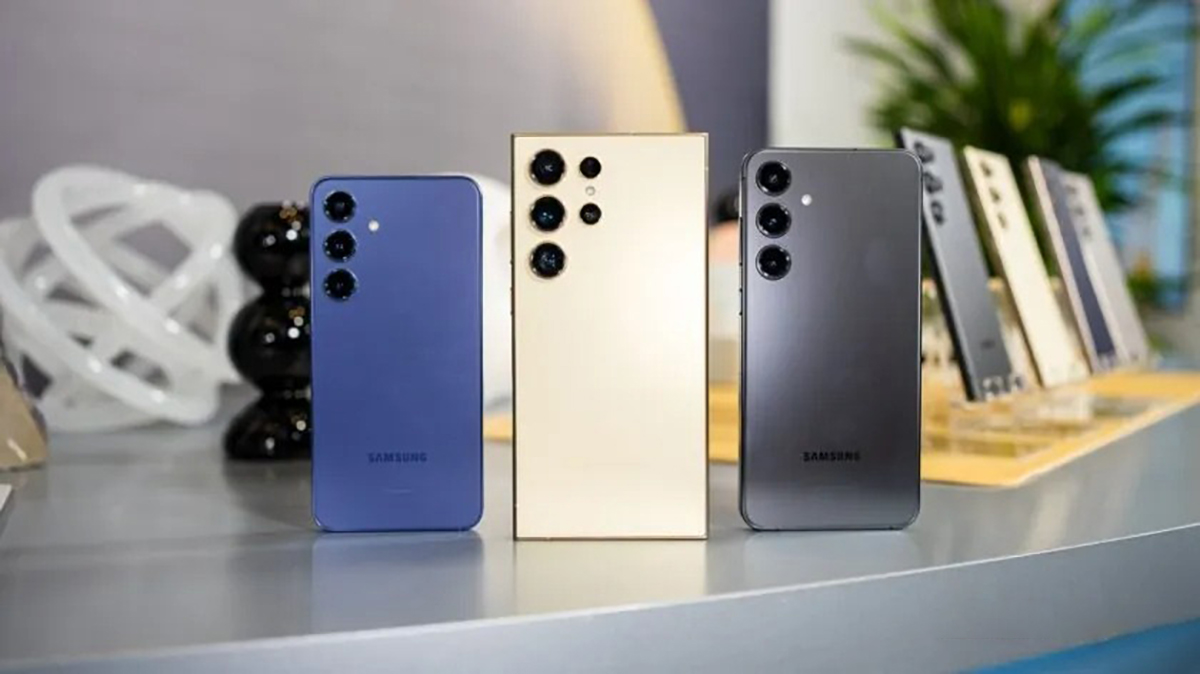
Samsung's Galaxy S24 series will launch in mid-January 2024, a little earlier than previous Galaxy S generations. These flagships have appeared with a series of interesting Galaxy AI features, titanium frames, a powerful camera system and many other attractive features. Currently, Samsung is reported to be developing the Galaxy S25 Series. So what upgrades will the phones bring compared to the previous generation? Let's find out through the article below.
When will Samsung launch the Galaxy S25 Series?
In recent years, Samsung has always introduced the Galaxy S series in the first 3 months of the calendar year, so it is not surprising that this tradition continues with the Galaxy S25 Series.
To recall, the Galaxy S24 series appeared this year, so it is likely that their successors will also be launched around the same time next year.
What's new in the Galaxy S25 series?
Improved design
The design of the Galaxy S series has remained largely unchanged for the past few generations, but that could change next year. Leaker Revegnus says that Ilhwan Lee, a former Mercedes-Benz designer, has been tasked with making the Galaxy brand "fresh," and design changes are to be expected.
With the Galaxy S24 series, Samsung introduced titanium to the Galaxy S series, especially for the S24 Ultra. There's reason to believe that the Korean company will continue to use this premium material for the next-generation Galaxy S25 Ultra. However, it's unclear whether the Galaxy S25 and S25 Plus will feature titanium frames.

In a now-deleted social media post from PandaFlash, he said, "I'm skeptical about the rumor about the highest-grade titanium in the Galaxy S25 Ultra." In case you didn't know, titanium comes in different grades. For example, Apple has provided the iPhone 15 Pro series with grade 5 titanium, which is an alloy made of titanium, aluminum, and vanadium. On the other hand, the Galaxy S24 Ultra uses grade 2 titanium, which is pure titanium. The difference is that grade 2 titanium is softer, cheaper, and easier to work with than grade 5. If PandaFlash is correct, it seems that Samsung will continue to use grade 2 titanium for its next flagship.
Another rumor suggests that Samsung is testing 4 prototypes for the Galaxy S25 Ultra. While the leaker doesn't have a build of these prototypes, they have created renders of them:
According to the rumors, the main design changes to the Galaxy S25 series will revolve around the chassis and display bezels. The Galaxy S25 Ultra is said to have an asymmetrical bezel design for better grip. Specifically, the phone's frame will have a more rounded back edge to provide a more comfortable, pleasant grip for users, while the front is beveled flat. This will also make the bezels look thinner. The width of the phone will remain the same and the side frames will be narrower.
Leaker Ice Universe also said in June that the Galaxy S25 Ultra could have a rounded design similar to the Galaxy Note 7. The source confirmed that the S24 Ultra successor will be 8.4mm thick, thinner than all previous Galaxy S Ultra phones. Meanwhile, leaker Bennett Buhner claimed that Samsung could increase the screen size of the Galaxy S25 Ultra to nearly 6.9 inches. However, the body size will not change as the phone is said to have thinner bezels.
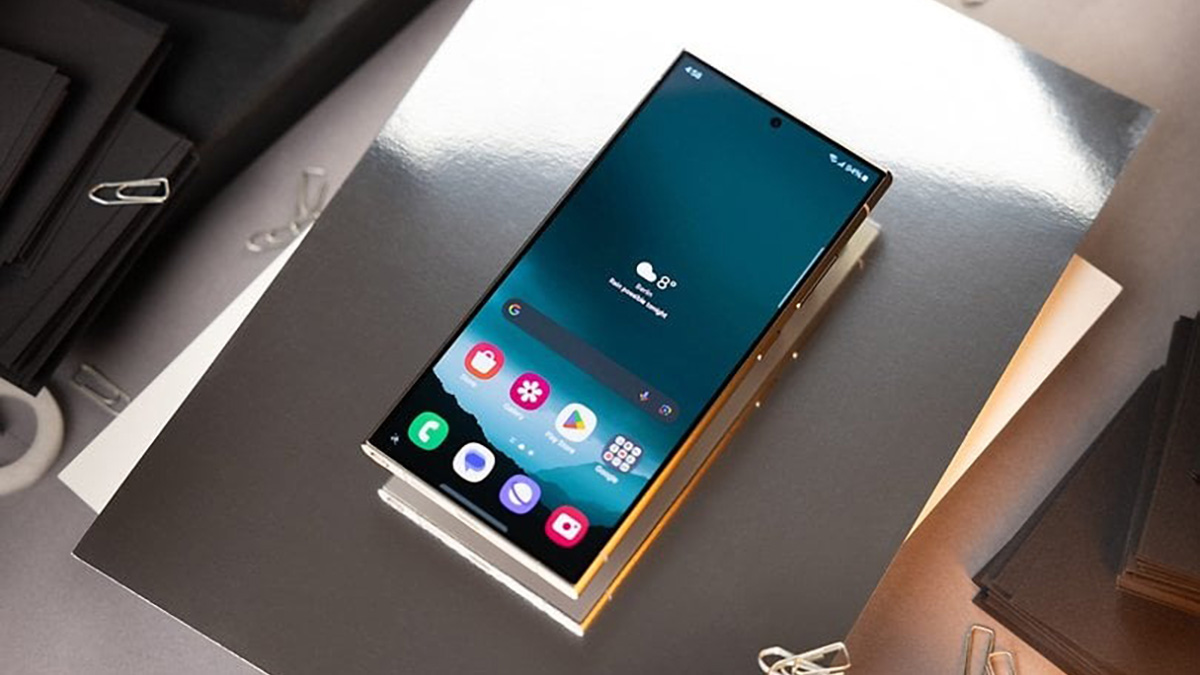
The Galaxy S25 Ultra is not the only model that has been rumored to have had some design changes. Korean blogger yeux1122 claimed on Naver that the Galaxy S25's base screen size could increase by 0.16 inches to 6.36 inches. If true, this would be the second time in the last three generations that Samsung has increased the screen size of the standard model.
Bigger and better screens
Moving on to the display aspect, we don't have much information about the Galaxy S25 series' screens at the moment. However, Samsung has been researching next-generation OLED panels that allow fingerprint scanning anywhere on the screen, as well as the ability to scan multiple fingerprints at once. At the time, Isorg CEO Dieter May predicted that Samsung would be ready to supply these screens by 2025.
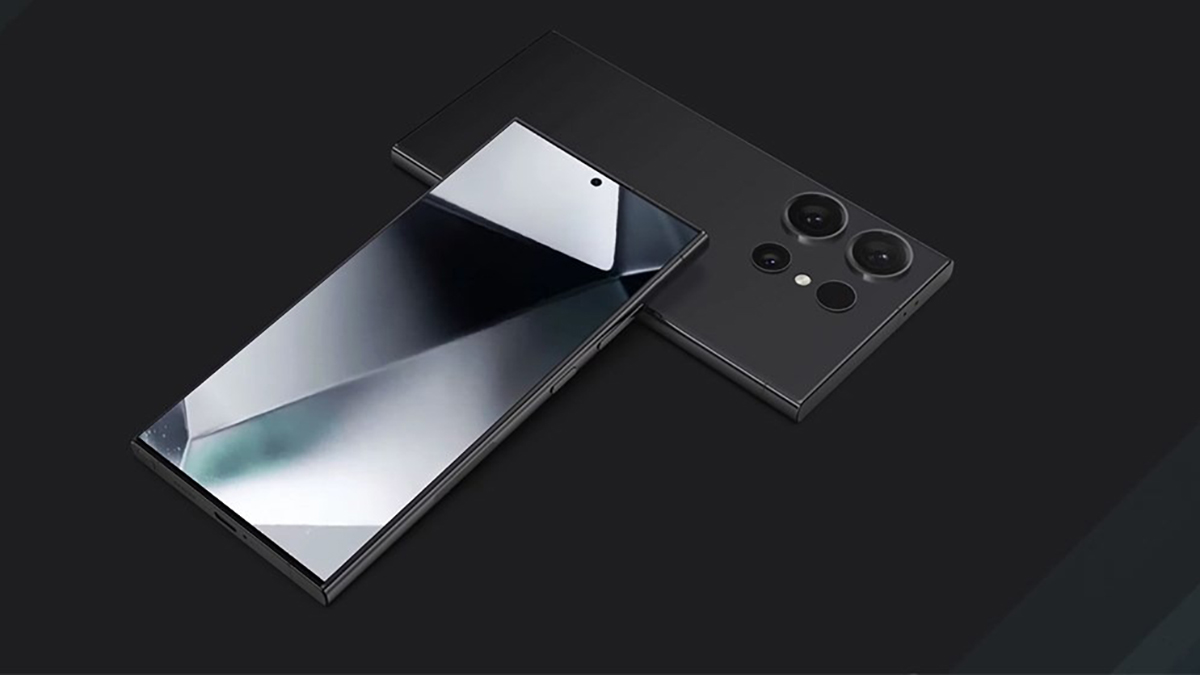
In addition, as mentioned in the design section, the Galaxy S25 and S25 Ultra could be increased in size to 6.36 inches and 6.9 inches, respectively. We can also expect Samsung to upgrade other aspects of the Galaxy S25 series' displays to make them sharper and smoother. Brightness is also an area where the new generation Galaxy S series could receive an upgrade.
Powerful performance
We've seen quite a few rumors about the Galaxy S25 series' processor in recent times. Last year, Samsung resumed its tradition of offering the Galaxy S series with Snapdragon processors in select markets and Exynos chips for the rest of the world.
With the Galaxy S 2025 series, initial rumors suggested that Samsung would revert back to its policy of using only Snapdragon chipsets for these phones. However, a later report suggested that the Galaxy S25 and S25 Plus models would use the Exynos 2500 chipset in some markets. One leak even suggested that the Korean company's next flagship series would use MediaTek chips when it arrives next year, but that's unlikely to happen.
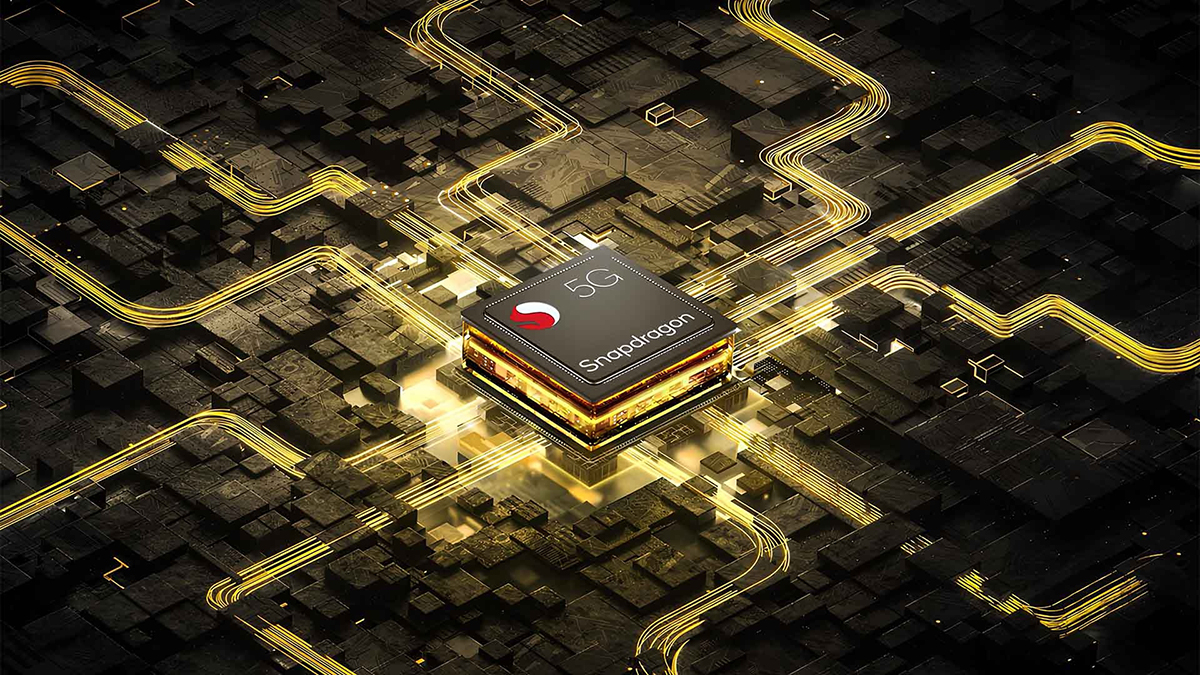
Now, the latest reports suggest that the entire Galaxy S25 series will only use the Snapdragon 8 Gen 4 SoC. This is because Samsung is having production issues with the Exynos 2500 chip. If Samsung does indeed go all-in on Snapdragon chips, it seems like the Galaxy S25 series will outperform the previous generation. Leaker Digital Chat Station claims that the "Tongzi" chip — believed to be the codename for the Snapdragon 8 Gen 4 — will be clocked at 4GHz. This would be a notable improvement over the Snapdragon 8 Gen 3, which only clocked at 3.3GHz.
Versatile camera system
In terms of photography, a rumor that emerged in June said that the Galaxy S25 would have a 50MP main camera on the back. On the front, the phone would use a 12MP selfie camera similar to the Galaxy S23 and Galaxy S24.
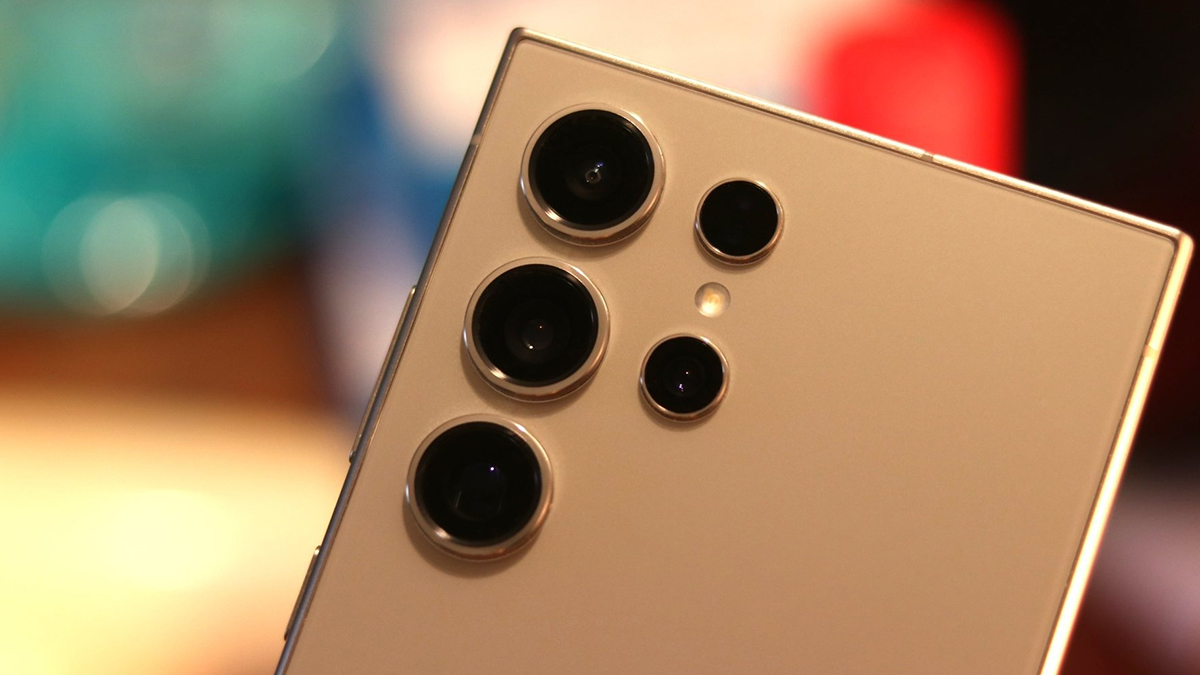
These 50MP main and 12MP selfie cameras will also be used for the Galaxy S25+. So if you want a better photography experience, it seems that users will have to upgrade to the Galaxy S25 Ultra. This flagship was previously rumored to have a 200MP main camera on the back, accompanied by a 50MP camera for ultra-wide shots, a 50MP telephoto camera with 3x optical zoom support, and a 50MP periscope camera with 5x optical zoom support.
Will the Galaxy S25 Series have stacked battery technology?
According to a report from The Elec, Samsung is reportedly planning to use stacked technology for batteries in the Galaxy S25 series. The technology is typically used in electric vehicles, but it seems Samsung's R&D department is considering bringing it to smartphones. Stacked technology is a way of arranging cells in a battery, which can result in a higher energy capacity inside a smaller volume. This arrangement can reportedly improve energy density by 10%.
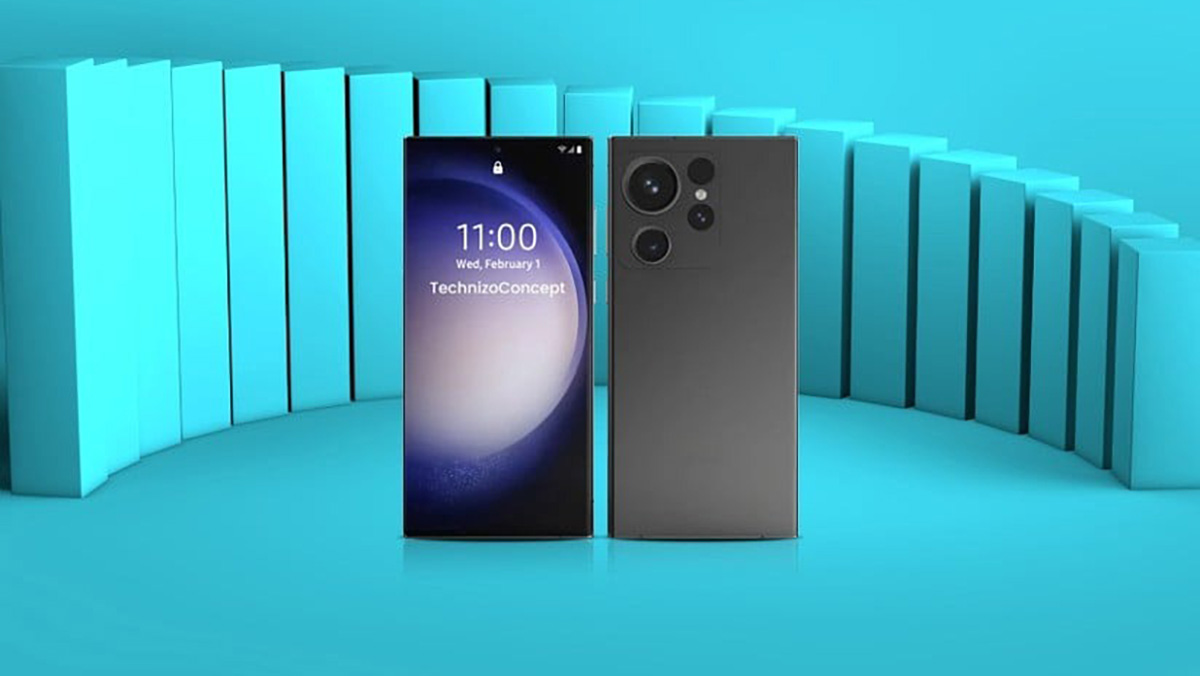
Meanwhile, a report from GalaxyClub says the standard Galaxy S25 could feature the same 4,000mAh battery as the Galaxy S24. That's not bad news, but it might be disappointing for anyone hoping to squeeze a little more power out of the Galaxy S25. As for the Galaxy S25 Ultra, leaker Digital Chat Station says the phone will have a 5,000mAh battery with 45W fast charging like the previous generation.
How Much Could the Samsung Galaxy S25 Series Cost?
When it comes to pricing, Samsung has been pretty steady in recent years. In fact, the base and Plus models have remained at the same starting price of $799 and $999, respectively, for the past three years. The only price change that has occurred during this time period has been with the Ultra model, which increased by $100 in 2024. Now, rumors suggest that Samsung will not increase the price of the Galaxy S25 series compared to the previous generation. That means the Galaxy S25 will start at $799, while the S25 Plus and S25 Ultra will start at $999 and $1,299.
Summary
That's what we know so far about the Galaxy S25 series. Judging by the rumors, while it's not a radical upgrade, the improvements and new features that Samsung brings to these phones will certainly please users. If you have any questions about the next-generation Galaxy S series, please leave a comment below this article!
 SamFw
SamFw

